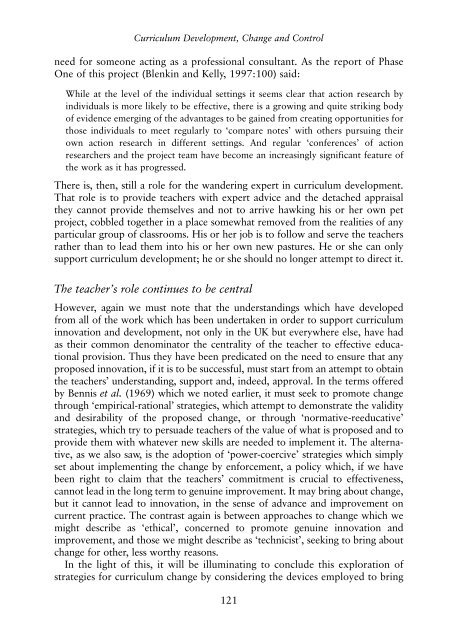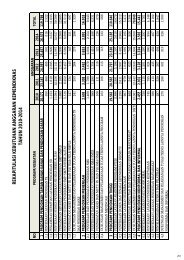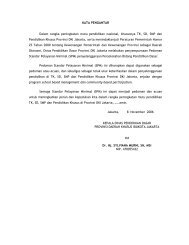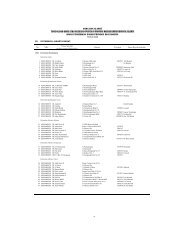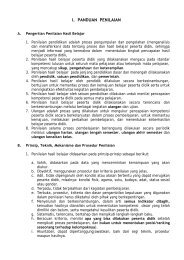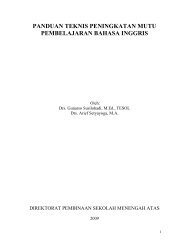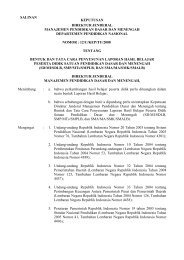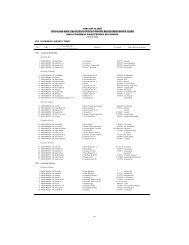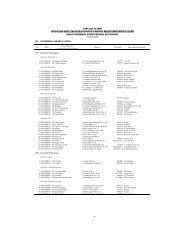The Curriculum - WordPress.com
The Curriculum - WordPress.com
The Curriculum - WordPress.com
Create successful ePaper yourself
Turn your PDF publications into a flip-book with our unique Google optimized e-Paper software.
<strong>Curriculum</strong> Development, Change and Controlneed for someone acting as a professional consultant. As the report of PhaseOne of this project (Blenkin and Kelly, 1997:100) said:While at the level of the individual settings it seems clear that action research byindividuals is more likely to be effective, there is a growing and quite striking bodyof evidence emerging of the advantages to be gained from creating opportunities forthose individuals to meet regularly to ‘<strong>com</strong>pare notes’ with others pursuing theirown action research in different settings. And regular ‘conferences’ of actionresearchers and the project team have be<strong>com</strong>e an increasingly significant feature ofthe work as it has progressed.<strong>The</strong>re is, then, still a role for the wandering expert in curriculum development.That role is to provide teachers with expert advice and the detached appraisalthey cannot provide themselves and not to arrive hawking his or her own petproject, cobbled together in a place somewhat removed from the realities of anyparticular group of classrooms. His or her job is to follow and serve the teachersrather than to lead them into his or her own new pastures. He or she can onlysupport curriculum development; he or she should no longer attempt to direct it.<strong>The</strong> teacher’s role continues to be centralHowever, again we must note that the understandings which have developedfrom all of the work which has been undertaken in order to support curriculuminnovation and development, not only in the UK but everywhere else, have hadas their <strong>com</strong>mon denominator the centrality of the teacher to effective educationalprovision. Thus they have been predicated on the need to ensure that anyproposed innovation, if it is to be successful, must start from an attempt to obtainthe teachers’ understanding, support and, indeed, approval. In the terms offeredby Bennis et al. (1969) which we noted earlier, it must seek to promote changethrough ‘empirical-rational’ strategies, which attempt to demonstrate the validityand desirability of the proposed change, or through ‘normative-reeducative’strategies, which try to persuade teachers of the value of what is proposed and toprovide them with whatever new skills are needed to implement it. <strong>The</strong> alternative,as we also saw, is the adoption of ‘power-coercive’ strategies which simplyset about implementing the change by enforcement, a policy which, if we havebeen right to claim that the teachers’ <strong>com</strong>mitment is crucial to effectiveness,cannot lead in the long term to genuine improvement. It may bring about change,but it cannot lead to innovation, in the sense of advance and improvement oncurrent practice. <strong>The</strong> contrast again is between approaches to change which wemight describe as ‘ethical’, concerned to promote genuine innovation andimprovement, and those we might describe as ‘technicist’, seeking to bring aboutchange for other, less worthy reasons.In the light of this, it will be illuminating to conclude this exploration ofstrategies for curriculum change by considering the devices employed to bring121


